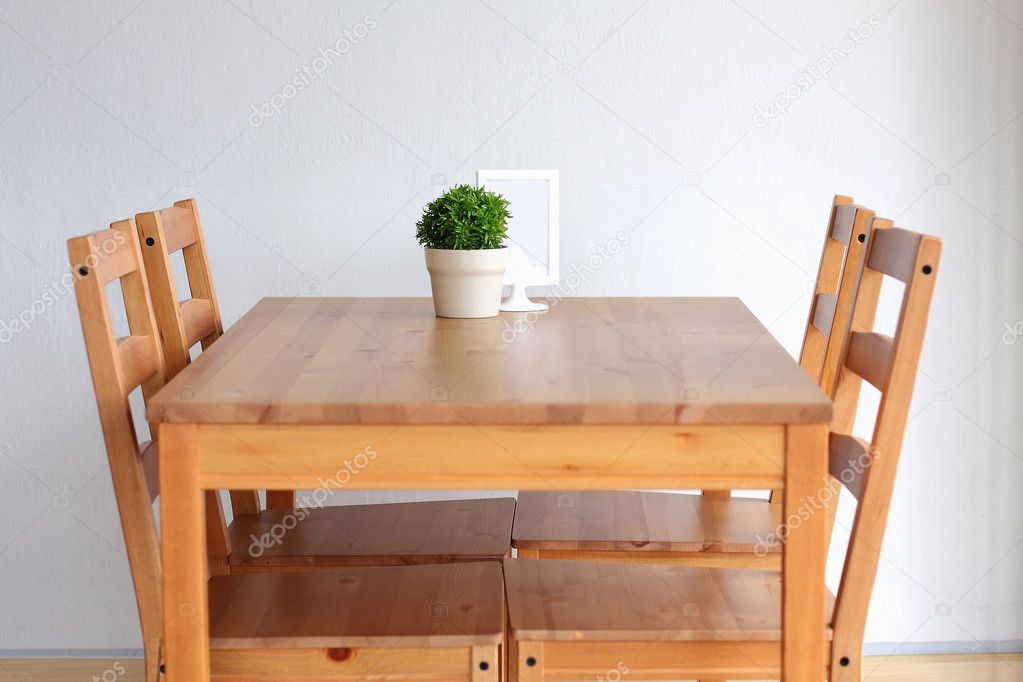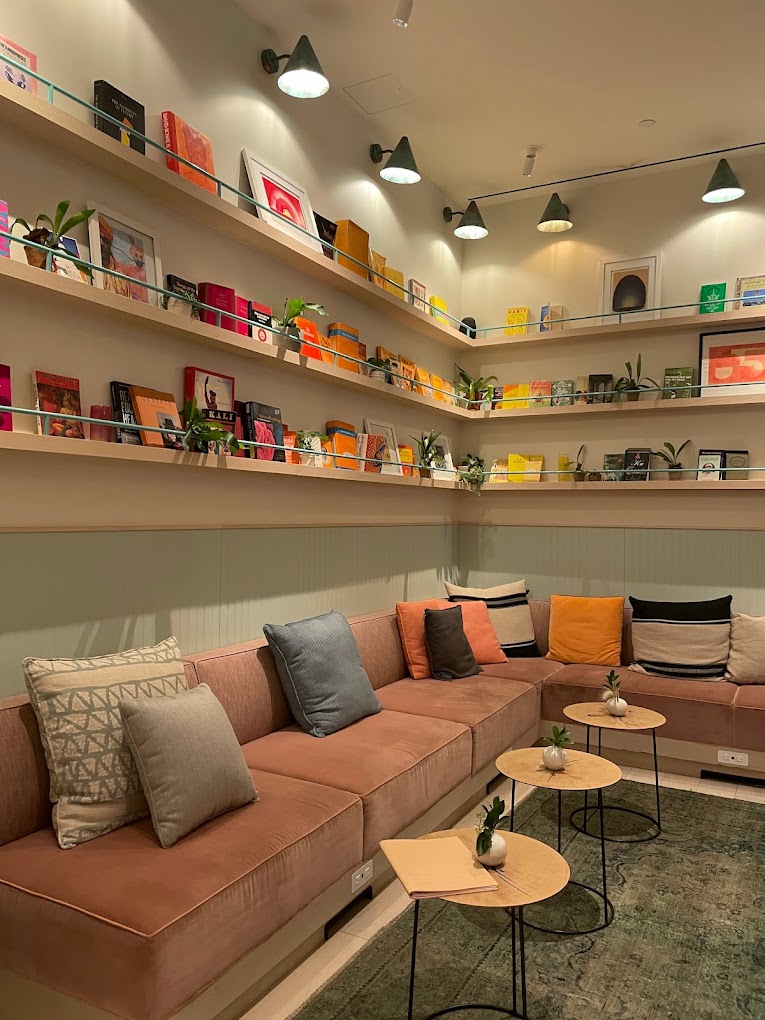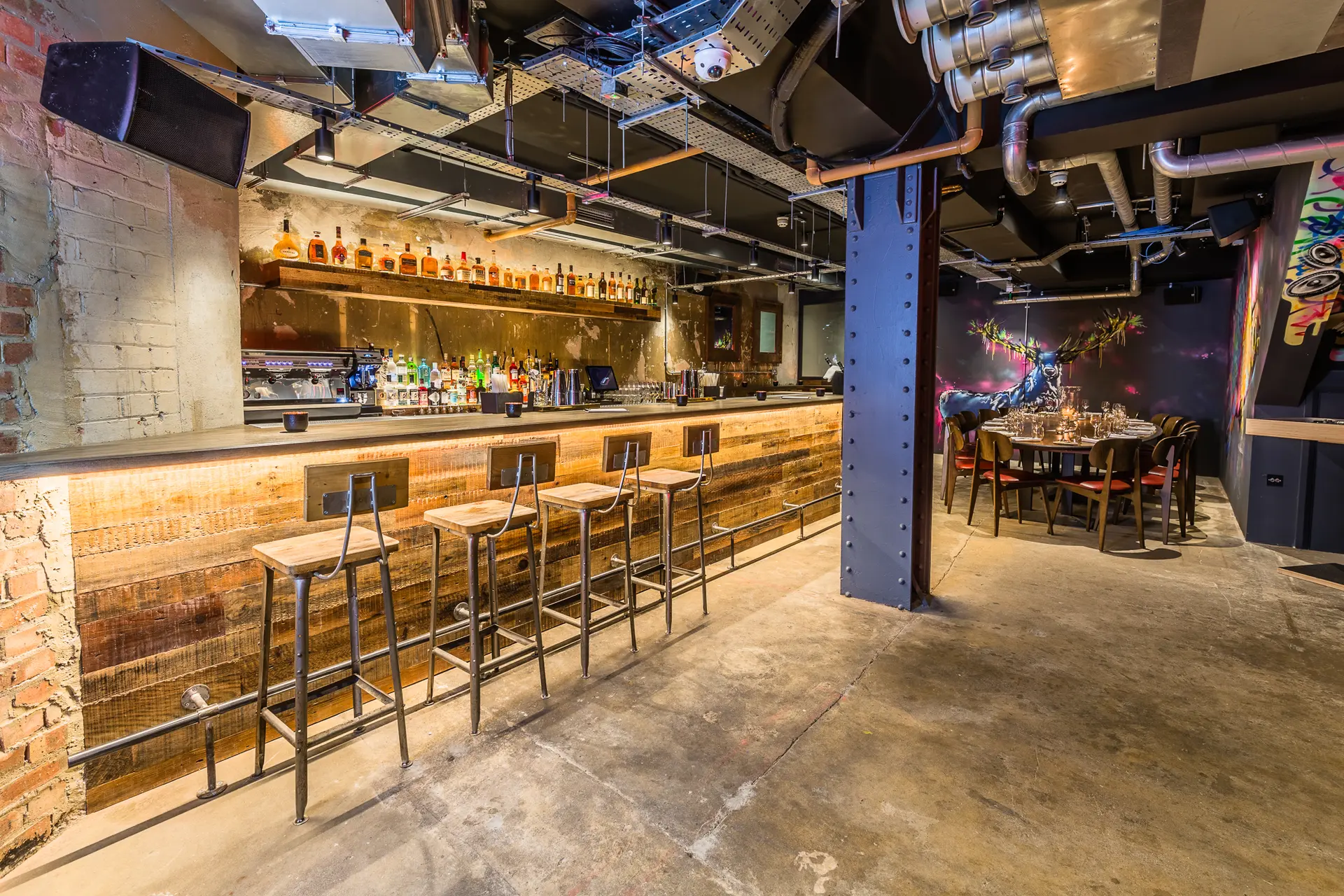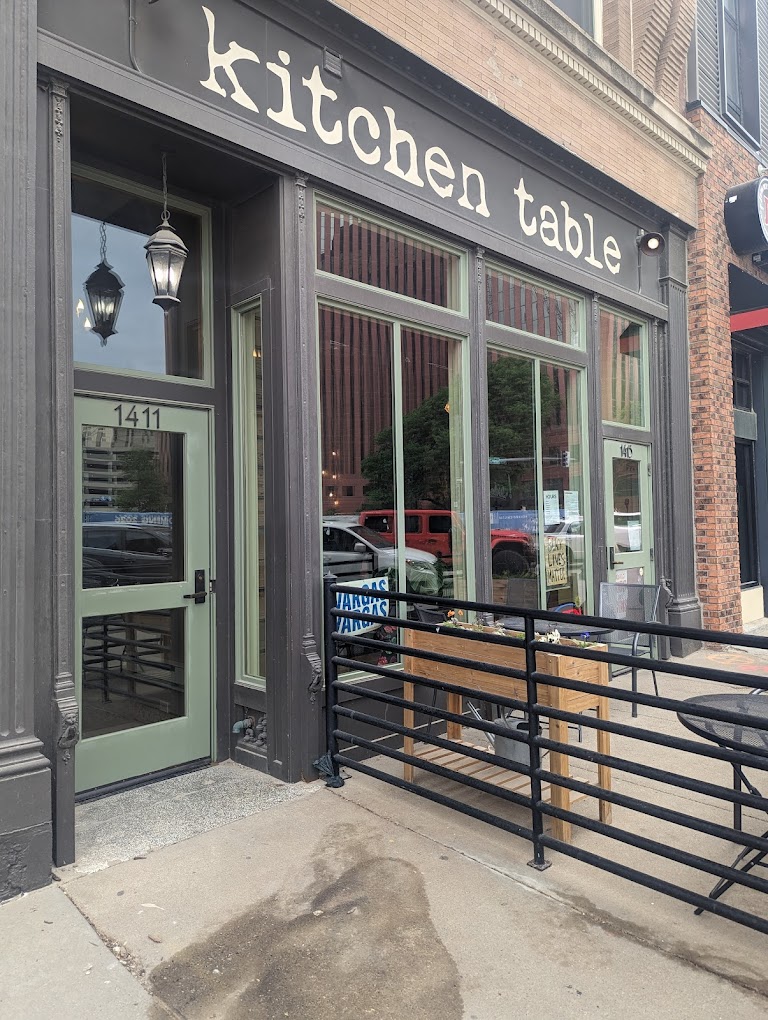Investing in a fine wood dining table means you want it to remain a beautiful focal point for years of family meals and celebrations. However, without diligent care, wood finishes can become scratched, stained, dried out or otherwise damaged over time. Use these comprehensive tips from furniture experts to defend your wooden table against wear and retain its heirloom quality.

Select a Durable Wood Species
Opt for solid hardwood construction when purchasing a table, avoiding soft porous woods like pine that dent and stain easily. Durable woods include:
- Oak – Nearly indestructible, resists moisture and scratches
- Teak – Rich in natural oils, weather/water-resistant
- Maple – Hard and dense grain, less prone to damage
- Walnut – Dense structure doesn’t warp easily
- Mahogany – Takes stains and finishes beautifully
Inspect the Joinery and Construction
Study the joinery and underside construction. High quality furniture utilizes mortise and tenon joints, dove tails, corner blocks and cleats for sturdy seam connections less likely to loosen or split over years of use. Nailed corners are weaker. Drawers should include glides.

Apply a Protective Finish
Bare unfinished wood readily absorbs liquids and shows scratches. After cleaning, apply a minimum of two to three coats of protective finish like polyurethane or varnish, allowing full drying time between coats. Consider moisture resistant water-based finish.
Use Pads and Runners
Use table pads or runners to protect the surface from scratches, scuffs, heat and spills. Rotate placement of dishes and pads periodically to distribute wear. Replace worn pads and runners as needed. Avoid abrasive or grippy plastic mats.
Lift and Carry Items
Help prevent surface scratches and scuffs by lifting glasses, dishes and serving pieces when moving them rather than sliding across the tabletop. Place decorative candlesticks and objects on lined trays or trivets.
Address Spills Quickly
Promptly blot wet spills with a dry soft cloth to prevent liquid from soaking in which can warp or stain wood. Thoroughly dry area after wiping. For grease, gently dab with mild dish soap on a damp soft cloth, avoiding heavy scrubbing.
Control Climate and Humidity
The natural expansion and contraction of wood from climate fluctuations can cause finish cracks and splits. Maintain indoor humidity around 45-55%. Avoid placing near heating/AC vents.
Diffuse Direct Sunlight
Intense sun beams over time can discolor and fade finishes. Close curtains when not using the dining table. Alternatively, rotate table orientation to avoid direct sunlight hitting the surface.
Even Use and Maintenance
Don’t let the table sit unused for long periods. Regular light use with dusting and polishing keeps wood from drying out. Rotate and clean pads to prevent uneven wear patterns. Fix minor dings right away.
Address Damage Promptly
Check periodically for dents, scratches, gouges or finish damage. Lightly sand flaws and reapply protective coatings to avoid worsening over time. Consider hiring a furniture restoration pro for significant repairs.
With proper selection, care and maintenance, your quality wood dining table can serve your family gracefully for generations. Follow these tips to preserve its natural beauty and durability.










